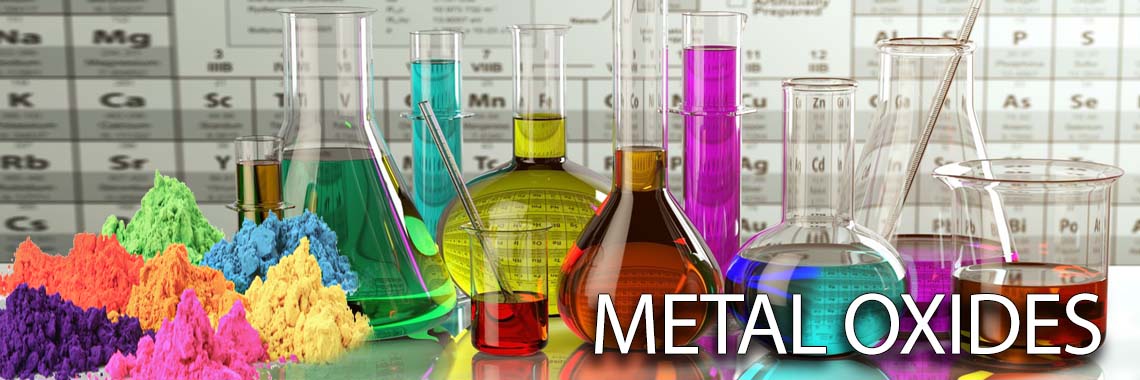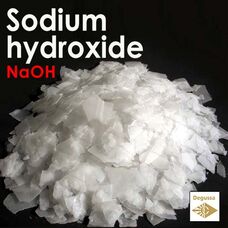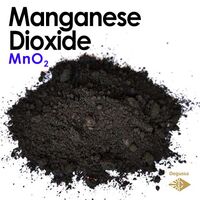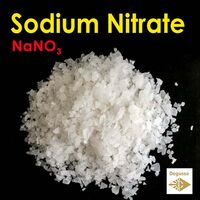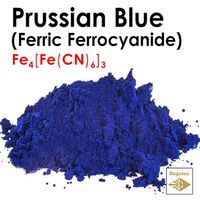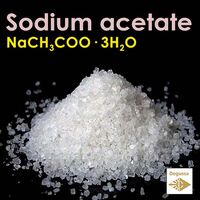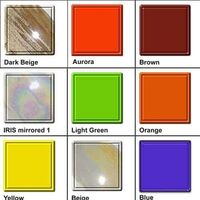What is Sodium Hydroxide used for? Is Sodium Hydroxide the same as Potassium Hydroxide? Where can I buy NaOH? How is Sodium Hydroxide made
NaOH
Sodium hydroxide (NaOH), commonly known as caustic soda or lye, is a strong alkaline compound. It is an inorganic chemical with the chemical formula NaOH, consisting of sodium (Na), oxygen (O), and hydrogen (H). Sodium hydroxide is highly soluble in water and is known for its corrosive and caustic properties.
Uses of Sodium Hydroxide:
Chemical Manufacturing: Sodium hydroxide is a crucial ingredient in the production of various chemicals. It is used in the manufacturing of substances like sodium carbonate, sodium phosphate, and various organic chemicals.
Soap and Detergent Production: Sodium hydroxide is used in the saponification process to produce soap. It reacts with fats and oils to form soap and glycerol. It is also used in the production of detergents.
Paper and Pulp Industry: Sodium hydroxide is employed in the paper and pulp industry to break down lignin and separate fibers during the papermaking process.
Alumina Refining: In the production of aluminum, sodium hydroxide is used to dissolve bauxite ore and extract alumina, which is then used to produce aluminum.
pH Regulation: Sodium hydroxide is used to adjust the pH of solutions in various industrial processes, including water treatment and food processing.
Textile Industry: It is used for mercerizing cotton, a process that improves the luster, strength, and dye affinity of the fabric.
Cleaning Agent: Due to its strong alkaline nature, sodium hydroxide is used as a cleaning agent for various surfaces and equipment.
Petroleum Industry: It is used in the refining of petroleum products and in the drilling mud to increase alkalinity.
Water Treatment: Sodium hydroxide is used in water treatment to neutralize acidic water and adjust pH levels.
Food Preparation: In some cases, sodium hydroxide is used in food preparation, such as in the curing of certain foods.
While sodium hydroxide has diverse industrial applications, it is essential to handle it with care because of its corrosive nature. Protective equipment, such as gloves and goggles, should be worn when working with this chemical, and proper safety precautions must be followed.
Formula: NaOH
Molecular Weight: 39.9971 g/mol
Form: White, hard (when pure), opaque flakes
CAS Number: 1310-73-2
EC Number: 215-185-5
E Number: E524 (acidity regulators)
Density: 2.13 g/cm³
Synonyms: SODIUM HYDROXIDE, Caustic soda, Sodium hydrate, Aetznatron, Soda lye, Natriumhydroxid, Ascarite, Rohrputz, Plung, Fuers Rohr, Rohrreiniger Rofix, Collo-Grillrein, Collo-Tapetta, Sodio(idrossido di), Stamperprep, Tosoh pearl, LYE
Sodium Hydroxide (NaOH): Properties, Uses, and Safety
- Brand: Degussa
- Product Code: Oxide - Sodium hydroxide (NaOH)
- SKU: NaOH
- Availability: 222
- 0.99€
-
0.59€
Available Options
Related Products
Manganese Dioxide - Advantages of using in Pottery
MnO2 Manganese dioxide (MnO2) is an inorganic compound. It is a black to brown-colored material that occurs n..
0.99€
Sodium Nitrate - Chile saltpeter - Natrum nitricum
NaNO3 Sodium nitrate is the chemical compound with the formula NaNO3. This alkali metal nitrate salt is also known ..
0.59€
PRUSSIAN BLUE - Ferric ferrocyanide, Iron hexacyanoferrate - A Journey into Berlin Blue: History, Chemistry, and Applications
Fe4[Fe(CN)6]3 Prussian Blue is a deep blue pigment that has been used in various applications, including art,..
1.59€ 1.99€
Sodium acetate - Hot ice (sodium acetate trihydrate)
NaCH3COO Sodium acetate trihydrate (NaCH3COO·3H2O) is a chemical compound composed of sodium (Na), acetate (CH3COO)..
0.99€
Tags: oxide

